|
BEYOND PRESERVATION
IS
RESTORATION
Great oaks of the future need to be planted now because they are not renewing themselves. Simple acorn planting by concerned hikers can help turn the tide and restore our fading oaks. OAKS provide habitat and shade in California. This hawk does not have many other blue oaks here. Valley Oaks are the largest of California's native deciduous trees, and these are on the demise. Grazing and grasses are the normal explanation for this condition. Blue oaks and live oaks need a little help from us or they will not reproduce. 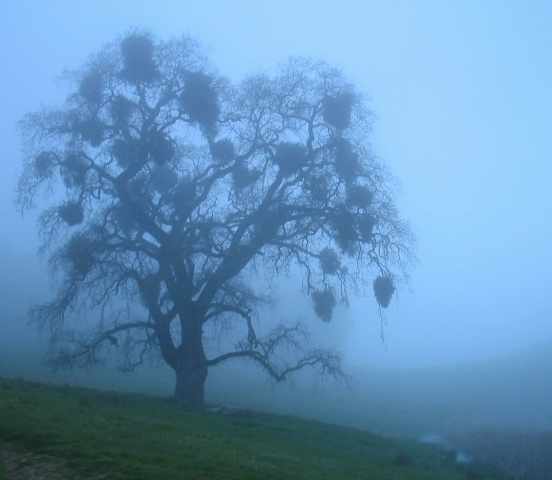 valuable food and it goes to places where it will not sprout. 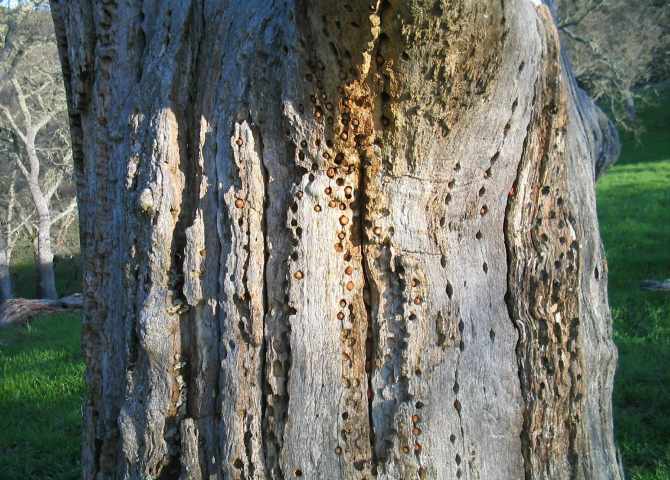 Simply picking up an acorn, moving it away from the tree, and covering with soil, can start an oak. 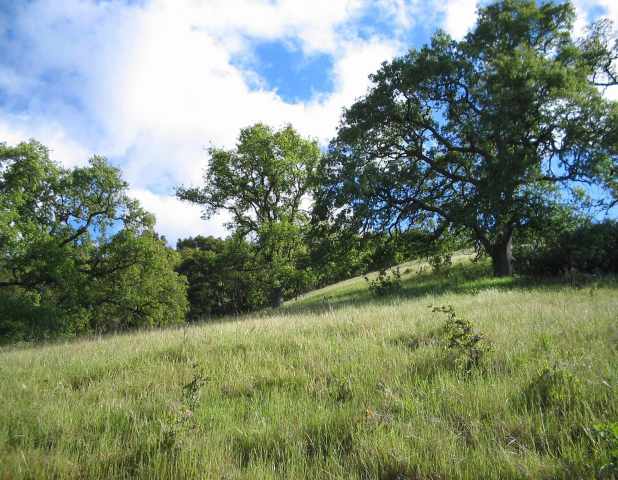 Partial shade from the edge of existing woods or on the North side of rocks helps to protect from heat and grazing. 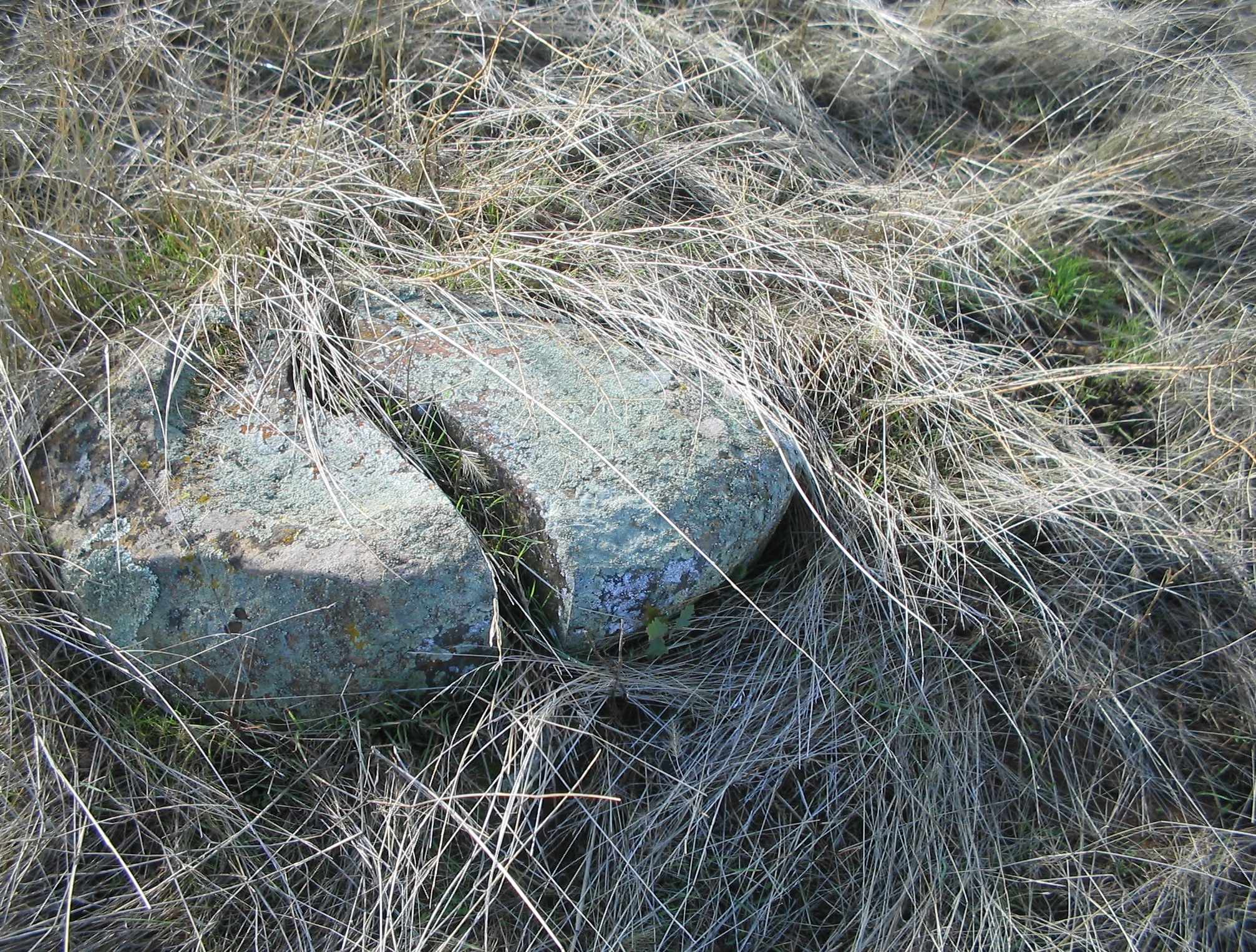 Deliberately planted acorns have done the best, but, even drive by planting has worked very well in some areas. Many resulting trees have been entirely unattended and often grow two feet a year once established. 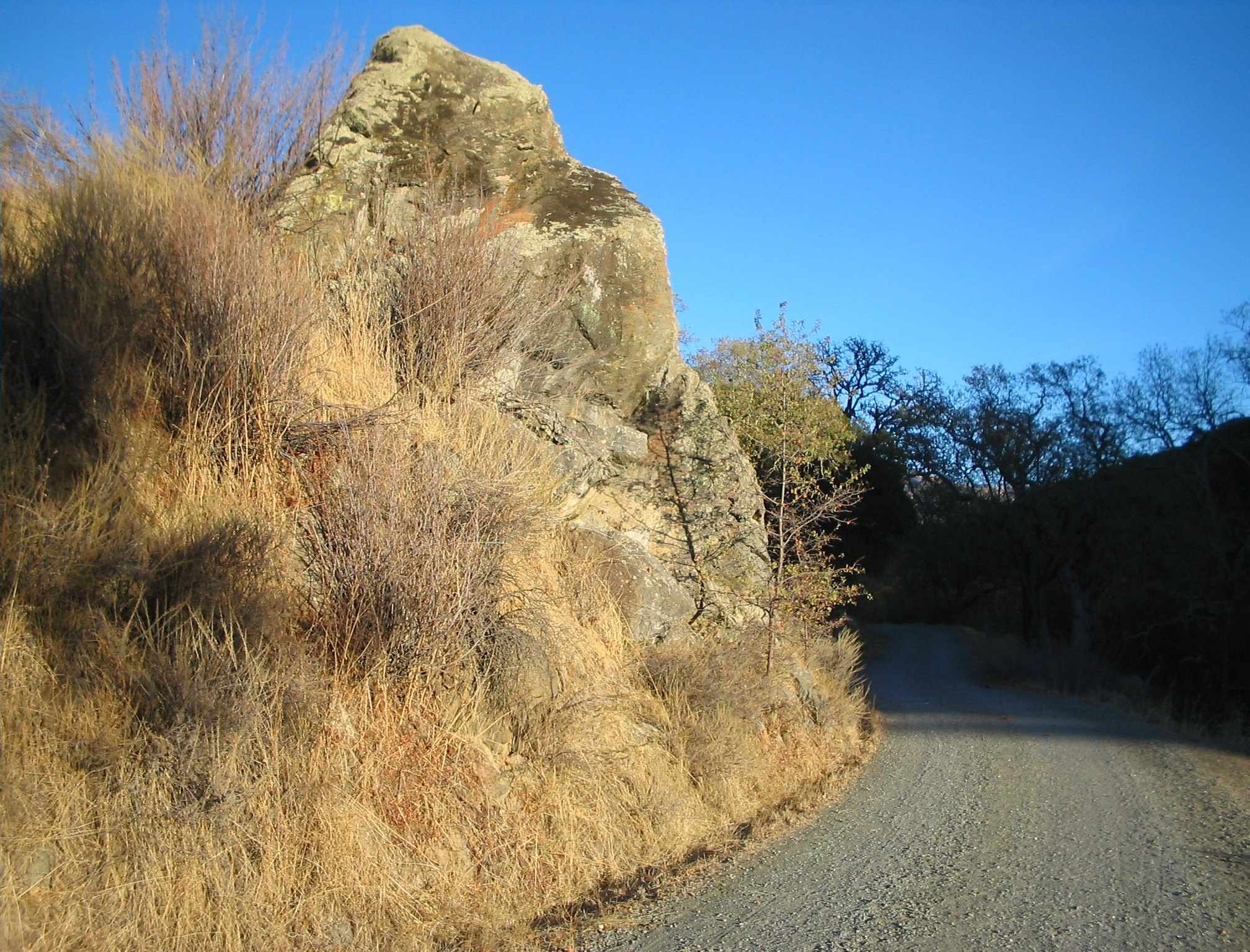 Seedlings with thumbnail sized leaves sometimes simply survive year after year and remain small until a good wet year. While some places have provided no oaks from acorns, we found that buckeyes, 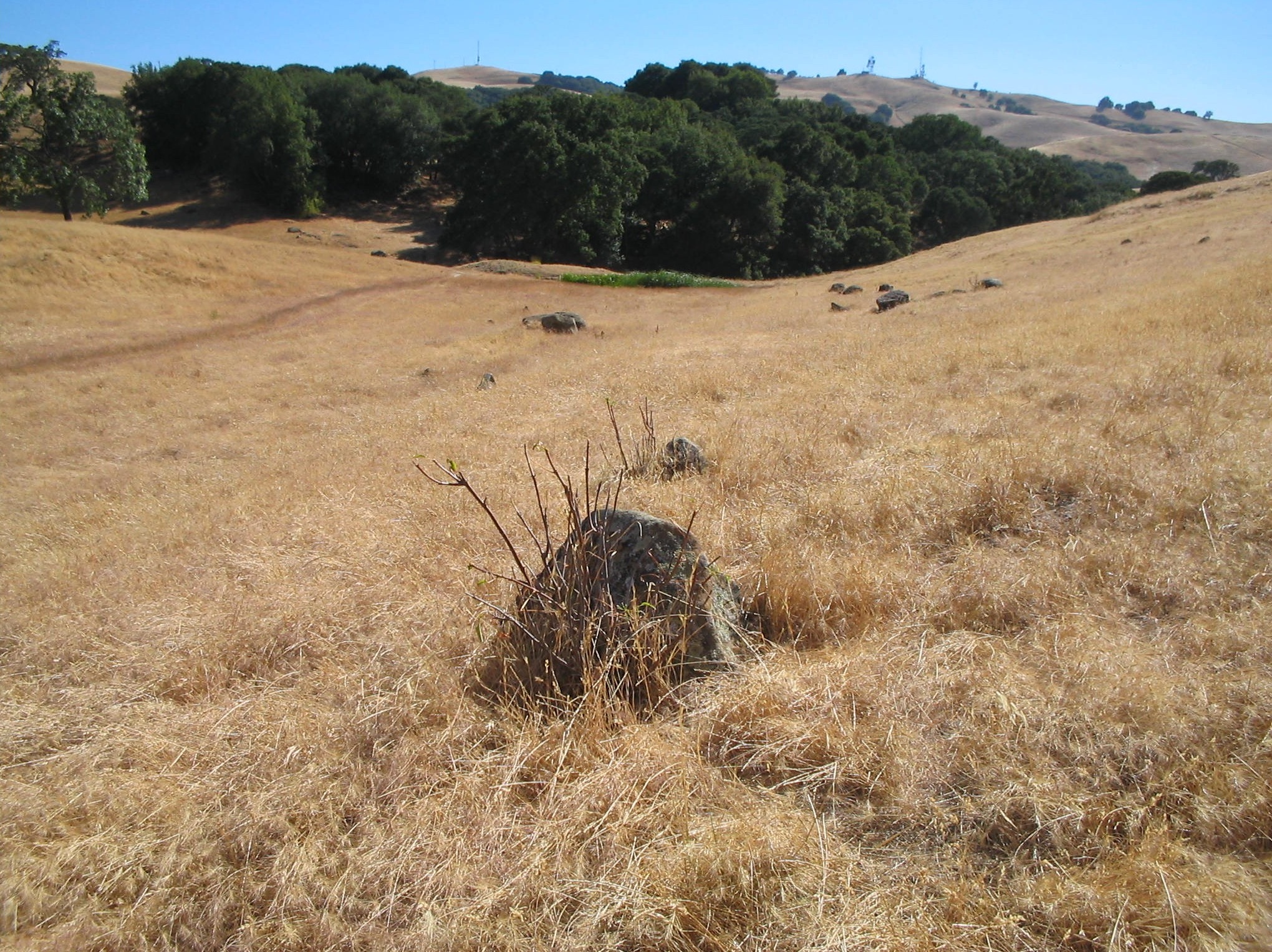 bays, or manzanitta work. They benefit from help too, as there are few offspring except when planted. These twigs are late season buckeyes in their third year/ They were hidden on the North side of these rocks. 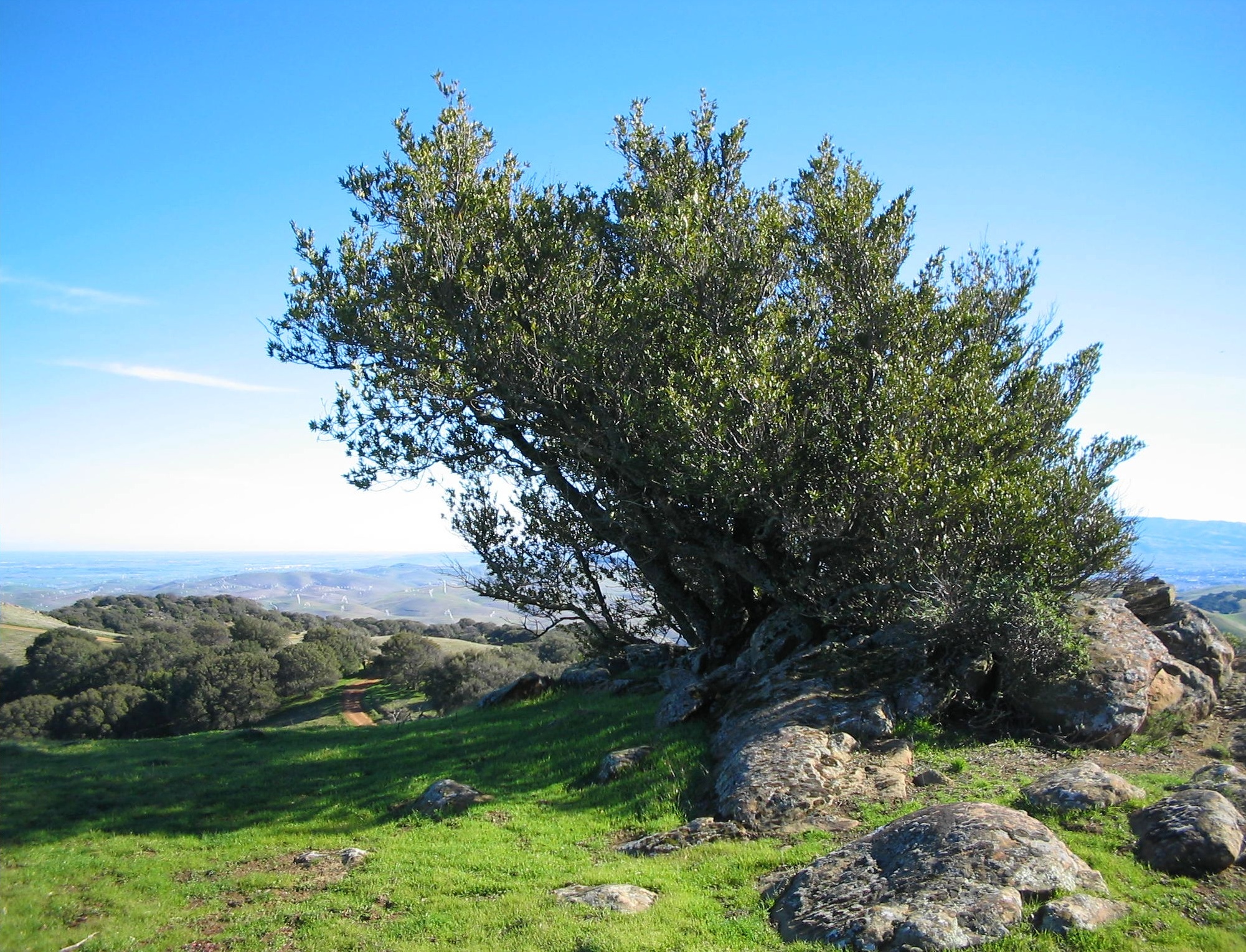 This very old bay tree is well established in rocks where the roots are protected and have access to stored moisture. 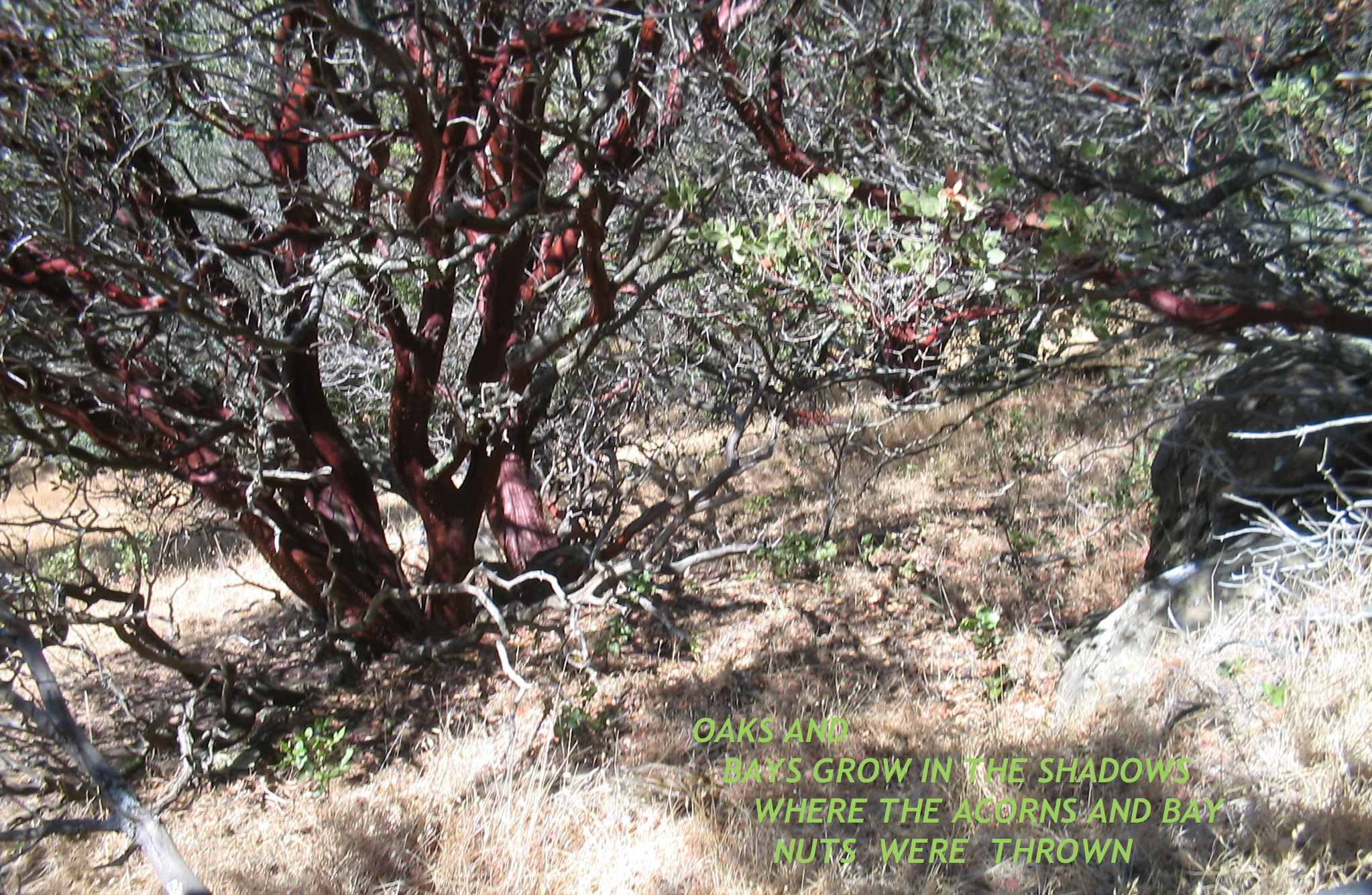 These pages are dedicated to these and similar efforts directed towards personally restoring local habitats and creating "pocket habitats" in wasted urban spaces. This approach can help improve existing urban landscapes This is ideal way to work with nature to achieve practical results and while enjoying open space. Valley and live oaks can grow more than three feet a year in great conditions while offering fire resistance and very low water use. Other adaptations include fast deep rooting, drought resistance, drought survival and effective use of spring rains. Best of all, these trees look great and provide solid shade in the heat of summer. It is even possible to plant a shade tree where the view is good and come back to watch it grow and enjoy its shade in fewer than ten years. Bluebirds, tanagers, woodpeckers, blue jays .and hawks all call oaks home home. Without oaks and ground cover, foxes and coyotes have no place to hide, and the ground squirrel population soars. While squirrels are cute and social, the results unrestrained populations include washouts and landslides. They also love acorns, walnuts, and bay nuts if they find them. The complex and interesting environment of a woodlands could be started by a few simple plantings of locally native species. examples of new trees acorn and oak recognition Scouts planting buckeyes (in 3D) e-mail to me, John Toeppen for commentary on these draft pages |